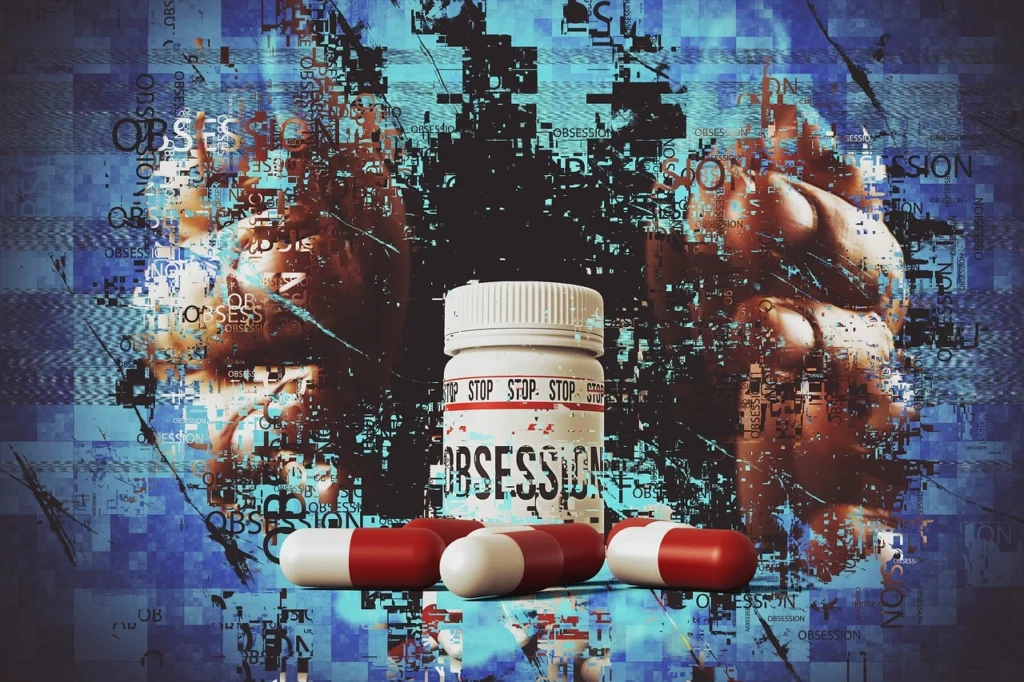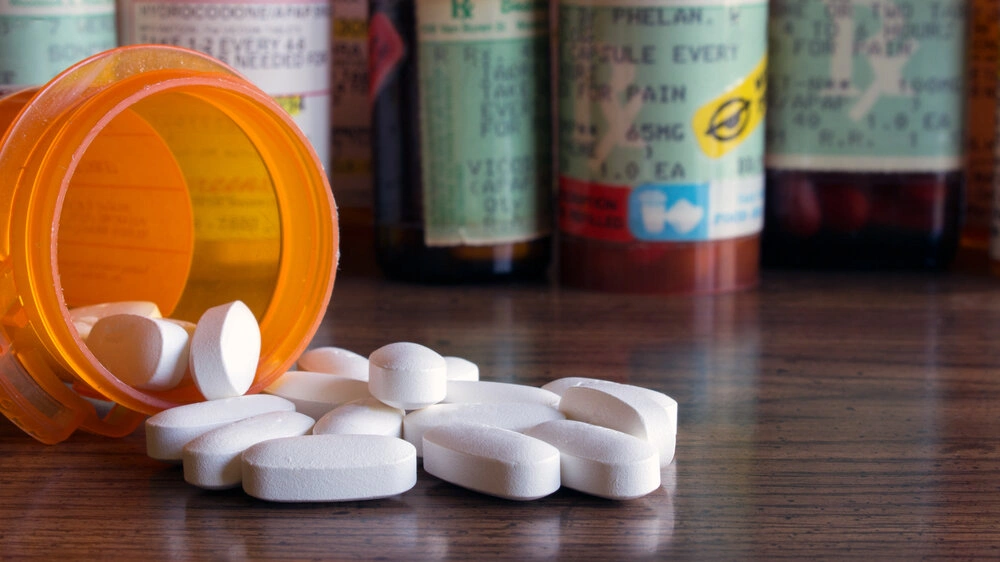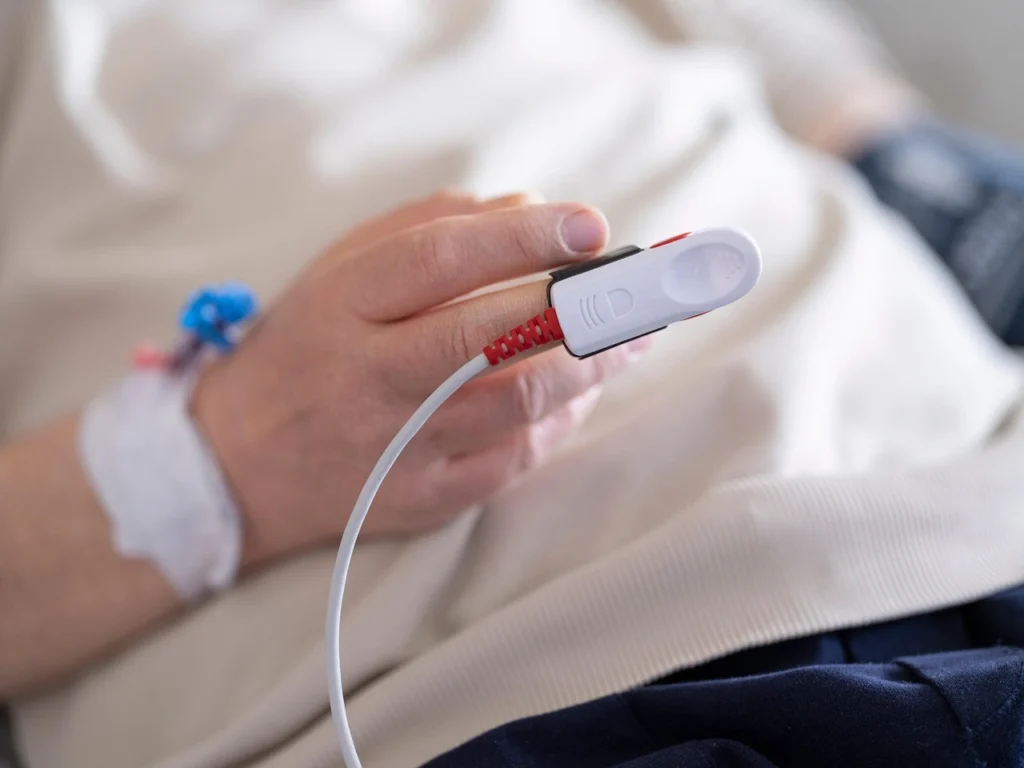
Addiction & Trauma Recovery Center
Licensed by Thai Ministry of Health #84-03-00294
The Most Abused Drugs:
A Comprehensive Guide
Introduction to Drug Abuse
Drug abuse is a growing global issue affecting millions of individuals and families. People misuse substances for various reasons, including stress relief, social pressures, or medical conditions. However, prolonged misuse can lead to dependence, addiction, and severe health consequences. This comprehensive guide to the most abused drugs will explore the types of abused substances, their classifications, and their risks.
Beyond the individual health consequences, drug abuse contributes to increased healthcare costs, strained social services, and higher rates of crime and unemployment. Families often bear the emotional and financial burden of a loved one’s addiction, leading to broken relationships and generational cycles of substance abuse.
Additionally, the stigma surrounding drug addiction can prevent individuals from seeking help, further exacerbating the problem. Public health initiatives, education campaigns, and accessible treatment programs are essential to addressing the root causes of drug abuse and reducing its widespread impact.
By fostering a better understanding of addiction as a medical condition rather than a moral failing, we can create a more supportive environment that encourages recovery and reduces the harm caused by substance abuse.

Classification of Commonly Abused Drugs
Understanding the drug classifications helps in identifying which drugs have the highest addiction potential. The following categories encompass the most widely misused substances:
1. Opioids
Opioids are among the most abused drugs, particularly due to their highly addictive nature and pain-relieving properties.
- Common Examples: Heroin, Oxycodone, Hydrocodone, Morphine, Codeine, Fentanyl
- Effects: Euphoria, pain relief, drowsiness
- Risks: Respiratory depression, overdose, high addiction potential
2. Stimulants
Stimulants increase energy and alertness but carry significant health risks.
- Common Examples: Cocaine, Methamphetamine, MDMA, Adderall, Ritalin
- Effects: Increased heart rate, energy boost, heightened focus
- Risks: Heart problems, paranoia, severe withdrawal symptoms
3. Depressants
These substances slow down brain function and are frequently used to treat anxiety or insomnia.
- Common Examples: Alcohol, Benzodiazepines (Xanax, Valium), Barbiturates
- Effects: Relaxation, sedation, reduced anxiety
- Risks: Risk of overdose, memory impairment, dependency
4. Hallucinogens
Hallucinogens alter perception, thoughts, and emotions, often leading to unpredictable effects.
- Common Examples: LSD, Psilocybin (Magic Mushrooms), DMT, Ketamine, PCP
- Effects: Visual distortions, altered perception of time, hallucinations
- Risks: Flashbacks, Hallucinogen Persisting Perception Disorder (HPPD), psychotic episodes
5. Synthetic Drugs
Artificially created substances, synthetic drugs can be significantly more dangerous than their natural counterparts.
- Common Examples: Synthetic Cannabinoids (Spice, K2), Bath Salts, Fentanyl Analogs, Nitrous Oxide
- Effects: Unpredictable mood changes, hallucinations, euphoria
- Risks: Toxic reactions, psychosis, addiction
Another important aspect of drug classification is understanding how these substances interact with the brain’s reward system and other neurological pathways, which can vary significantly between categories. For instance, opioids primarily bind to mu-opioid receptors, which regulate pain and pleasure, leading to both pain relief and a euphoric high. Stimulants, on the other hand, increase the release of dopamine and norepinephrine, enhancing alertness and energy but also putting strain on the cardiovascular system.
Depressants work by enhancing the effects of GABA, a neurotransmitter that calms brain activity, which can be beneficial for anxiety but dangerous in high doses. Hallucinogens primarily affect serotonin receptors, altering perception and mood, while synthetic drugs often mimic the effects of other substances but with unpredictable and often more severe consequences due to their unregulated chemical compositions.
Understanding these mechanisms not only helps in identifying the risks associated with each class of drugs but also informs more effective treatment strategies tailored to the specific neurological impacts of each substance. This knowledge is crucial for healthcare providers, policymakers, and individuals alike in addressing the complexities of substance abuse and addiction.


The Effects and Risks of Drug Abuse
The effects of drug abuse vary based on the substance, method of use, and individual health conditions. However, common short-term and long-term risks include:
Short-Term Effects
- Impaired judgment and coordination
- Mood swings and aggression
- Increased heart rate and blood pressure
- Memory loss and blackouts
Long-Term Effects
- Organ damage (liver, kidneys, heart)
- Mental health disorders (depression, anxiety, psychosis)
- Increased risk of infectious diseases (HIV, Hepatitis C)
- Drug dependence and addiction
Prolonged substance use can alter brain chemistry, leading to impaired decision-making, reduced ability to concentrate, and memory problems. For example, chronic use of stimulants like cocaine or methamphetamine can damage dopamine receptors, making it difficult for individuals to experience pleasure from everyday activities and increasing the risk of depression.
Similarly, long-term use of depressants like alcohol or benzodiazepines can disrupt the brain’s GABA system, leading to heightened anxiety and seizures during withdrawal. These cognitive and neurological changes can persist even after stopping drug use, making recovery more challenging and underscoring the importance of early intervention.
Additionally, the social and occupational consequences of cognitive impairment—such as job loss, academic failure, or strained relationships—can further compound the difficulties faced by individuals struggling with addiction, highlighting the need for comprehensive treatment that addresses both the physical and psychological aspects of drug abuse.
How Addiction Develops
Drug addiction is a chronic disease that affects the brain’s reward system. Here’s how addiction typically develops:
- Initial Use – Experimentation due to curiosity, peer pressure, or medical reasons.
- Regular Use – Increased consumption for pleasure or relief.
- Tolerance – The body requires larger doses to achieve the same effects.
- Dependence – The brain adapts to the substance, leading to withdrawal symptoms when not used.
- Addiction – Loss of control over drug use despite negative consequences.
Research shows that individuals with a family history of addiction are more likely to develop substance use disorders, suggesting a genetic predisposition. Additionally, environmental factors such as trauma, chronic stress, or exposure to drug use at an early age can significantly increase the risk of addiction.
For example, someone who experiences childhood trauma may turn to drugs as a coping mechanism, while others in high-stress environments may use substances to self-medicate for anxiety or depression. Over time, these behaviors can rewire the brain’s reward system, making it increasingly difficult to resist cravings and prioritize healthy behaviors.
Understanding these underlying factors is essential for developing personalized treatment plans that address not only the addiction itself but also the root causes, helping individuals achieve long-term recovery and break the cycle of substance abuse.
Treatment and Prevention Strategies
Overcoming drug addiction requires a combination of medical treatment, therapy, and lifestyle changes.
Here are the most effective methods:
1. Detoxification
The first step in treatment is detox, where the body clears out toxins. This should be done under medical supervision due to severe withdrawal symptoms.
2. Behavioral Therapy
Cognitive Behavioral Therapy (CBT), Dialectical Behavior Therapy (DBT), and group therapy sessions help individuals develop coping mechanisms.
3. Medication-Assisted Treatment (MAT)
Some substances, such as opioids and alcohol, may require medications like Methadone, Suboxone, or Naltrexone to reduce cravings and withdrawal symptoms.
4. Rehabilitation Programs
- Inpatient Rehab: 24/7 supervision and structured therapy sessions.
- Outpatient Rehab: Flexibility to receive treatment while maintaining daily responsibilities.
5. Prevention Strategies
- Educating youth about the dangers of substance abuse
- Implementing stricter prescription drug regulations
- Providing mental health support and stress management techniques
Peer support groups, such as Narcotics Anonymous (NA) or SMART Recovery, offer a sense of belonging and accountability, which can be crucial for individuals navigating the challenges of sobriety. Family therapy can also play a vital role, as it helps repair relationships damaged by addiction and educates loved ones on how to provide effective support.
Additionally, community-based initiatives, such as drug-free recreational programs and outreach efforts, can create environments that discourage substance use and promote healthy alternatives. Employers and schools can contribute by offering resources like employee assistance programs (EAPs) or substance abuse education curricula.
By combining individual treatment with broader community efforts, we can create a comprehensive support network that not only aids in recovery but also prevents addiction from taking root in the first place. This holistic approach ensures that individuals have the tools and resources they need to build a fulfilling, drug-free life.
FAQs About the Most Abused Drugs
What are the most commonly abused drugs?
The most commonly abused substances include alcohol, opioids (heroin, fentanyl), stimulants (cocaine, methamphetamine), and benzodiazepines.
Another significant category of commonly abused drugs includes cannabis and synthetic substances, such as synthetic cannabinoids (Spice, K2) and designer drugs like bath salts. Cannabis, while often perceived as less harmful, can lead to dependency and mental health issues, particularly with high-potency strains or concentrated forms like edibles and oils.
Synthetic drugs, on the other hand, are particularly dangerous due to their unpredictable chemical compositions and extreme potency, often resulting in severe health consequences, including overdose and long-term neurological damage. Additionally, prescription medications, such as ADHD stimulants (Adderall, Ritalin) and sleep aids (Ambien, Lunesta), are frequently misused for their euphoric or sedative effects, contributing to the growing issue of prescription drug abuse.
The widespread availability and varying perceptions of these substances make them particularly challenging to regulate and address, highlighting the need for comprehensive education and prevention efforts to curb their misuse.
How do different classes of drugs affect the body?
Each class of drugs has distinct effects—opioids relieve pain but can cause respiratory depression, stimulants increase alertness but may lead to heart problems, depressants relax the mind but carry overdose risks, and hallucinogens alter perception.
Opioids, while effective for pain relief, can lead to mood disorders like depression and anxiety, especially during withdrawal. Stimulants, such as cocaine and methamphetamine, may initially boost focus and energy, but prolonged use can result in paranoia, psychosis, and severe cognitive impairments, including memory loss and difficulty concentrating.
Depressants, like alcohol and benzodiazepines, can provide temporary relief from stress or insomnia but often exacerbate mental health issues over time, leading to increased anxiety and emotional instability. Hallucinogens, such as LSD or psilocybin, can cause profound changes in perception and thought patterns, which may lead to lasting psychological effects, including flashbacks or hallucinogen persisting perception disorder (HPPD).
Understanding these diverse effects underscores the importance of tailored treatment approaches that address both the physical and psychological consequences of drug use.
What are the risks associated with drug abuse?
Drug abuse can lead to physical health deterioration, mental illness, financial struggles, legal issues, and strained relationships.
A significant risk associated with drug abuse is its impact on social and occupational functioning. Individuals struggling with addiction often experience a decline in performance at work or school, leading to job loss, academic failure, and financial instability. This can create a cycle of stress and dependency, as the individual may turn to drugs to cope with the mounting pressures of unemployment or debt.
Additionally, drug abuse can lead to social isolation, as relationships with family and friends become strained due to erratic behavior, dishonesty, or neglect of responsibilities. The stigma surrounding addiction can further alienate individuals, making it harder for them to seek help or rebuild their lives.
Over time, these social and occupational challenges can exacerbate feelings of hopelessness and contribute to a deeper reliance on substances, highlighting the need for comprehensive support systems that address not only the addiction itself but also its broader impact on an individual’s life.
Conclusion
Understanding the most abused drugs and their effects of drug abuse is crucial in preventing addiction and promoting recovery. If you or a loved one is struggling with substance use, seeking professional help can provide a path toward a healthier, drug-free life.
Breaking free from addiction often requires more than just individual effort; it involves creating a supportive environment that encourages sobriety and reduces triggers for relapse.
Communities can play a vital role by promoting awareness, reducing stigma, and providing access to resources such as affordable treatment programs, sober living homes, and employment opportunities for those in recovery. Additionally, educating the public about the dangers of drug abuse and the availability of effective treatments can empower individuals to seek help earlier and reduce the prevalence of addiction.
By working together—families, healthcare providers, policymakers, and communities—we can create a network of support that not only helps individuals overcome addiction but also prevents future cases, ultimately leading to healthier and more resilient communities.





















